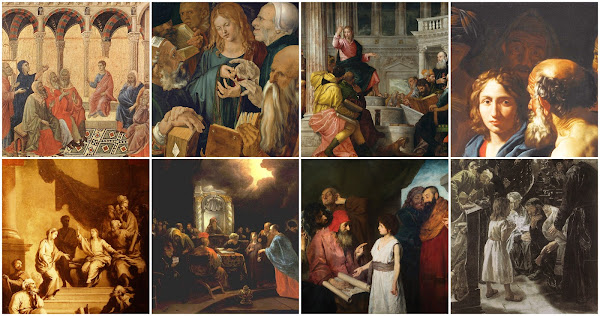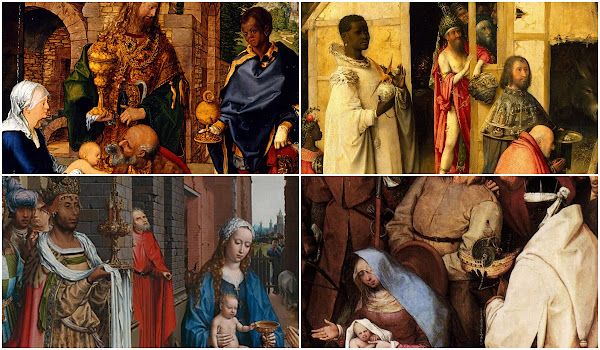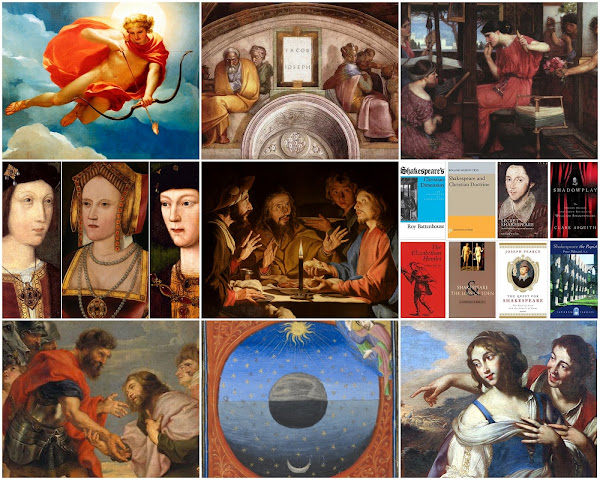INDEX: Hamlet in 3.2 as the boy Jesus lost and found (Luke 2)

In January of 2023, I began a 12-part series of posts regarding Hamlet's allusion to himself as like the boy Jesus, lost and found in the temple, amazing and astonishing the temple elders and his parents, a story from Luke 2:46-52. This is a very ironic allusion. The index of posts is below: Posts in this series: (Part 1) Hamlet as the Boy Jesus among Temple Elders https://pauladrianfried.blogspot.com/2023/01/hamlet-as-boy-jesus-among-synagogue.html (Part 2) Hamlet as boy Jesus among Temple Elders: Historical-Artistic Background https://pauladrianfried.blogspot.com/2023/02/hamlet-as-boy-jesus-among-temple-elders.html (Part 3) Hamlet as the boy Jesus among Temple Elders: A closer look https://pauladrianfried.blogspot.com/2023/02/hamlet-as-boy-jesus-among-temple-elders_14.html (Part 4 ) Dissonance and Irony in Hamlet's 3.2 Allusion to Luke 2 https://pauladrianfried.blogspot.com/2023/02/part-4-dissonance-and-irony-in-hamlets.html (Part 5) The targets of







